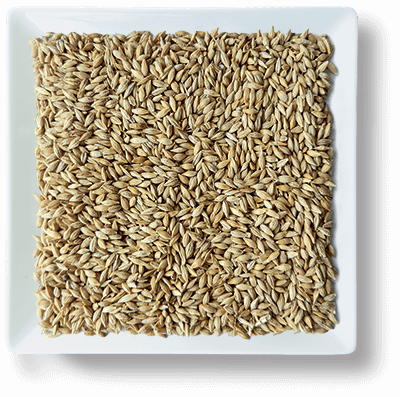Our seeds
The importance of genetic research
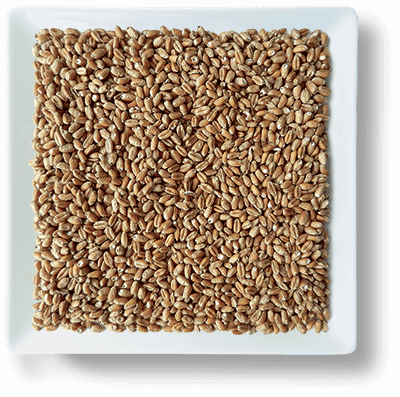
Wheat
(Triticum aestivum)
The Triticum aestivum (or common wheat), among the most important cereals in the world, is a genus of herbaceous plant that matures in spring / summer which, like durum wheat, belongs to the grass or poaceae family.
In soft wheat the ripening of kernels is floury: among the fundamental elements there is gluten, of which a more analyzed parameter is the P / L ratio (quality of gluten); of the soft wheat the W (strength) and the Falling Number (enzyme activity) are further analyzed.
The harvest consists of cutting the plant (harvest) and separating the grains from the straw and chaff (threshing). Generally these two operations are carried out simultaneously with the use of a combine harvester. Moreover, from the cultivation of wheat also comes the straw, used in the stables in addition to the manufacture of paper, and the bran used as animal fodder.
Purposes
From the soft wheat flour with thin and rounded grains is obtained. Soft wheat, or soft wheat, is omnipresent on our tables in the form of bread, pizza, desserts, egg pasta or baked goods, is a source of carbohydrates, has a high starch content, provides B vitamins and salts minerals.
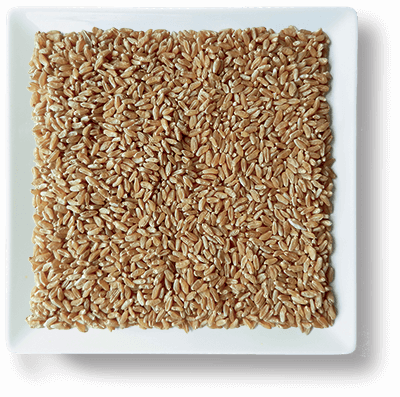
Durum wheat
(Triticum durum)
The Triticum durum (or durum wheat), among the most important cereals in the world, is a genus of herbaceous plant with summer-spring maturity belonging to the grass or poaceae family.
In durum wheat the ripening of caryopses is vitreous, due to the particular protein composition of durum wheat, made up mostly of starch and gluten; the most analyzed parameters are yellow index and gluten quality.
The harvest consists of cutting the plant (harvest) and separating the grains from the straw and chaff (threshing): generally these two operations are carried out simultaneously with the use of a combine harvester. In addition, straw also derives from the cultivation of wheat, used for the bedding of cattle in the stables and for the manufacture of paper, and the bran used as animal fodder.
Purposes
From durum wheat semolina and semolina are produced from large granules with sharp edges, used purely for the production of pasta and for bread making.
It is a source of carbohydrates, has a high starch content, provides B vitamins and mineral salts. Durum wheat is used for the production of semolina for pasta or for typical breads (like that of Altamura).
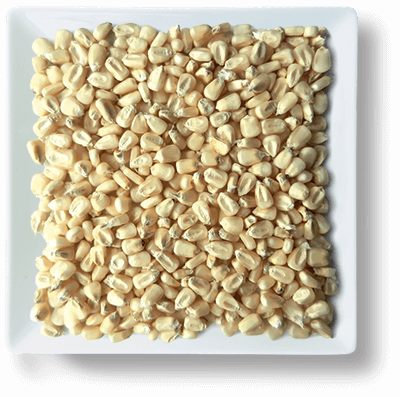
White corn
(Zea mays L.)
White Corn is a variety of corn with a high starch content and excellent specific weight. Very resistant to the main fungal diseases, it guarantees excellent health levels of the product.
Purposes
For quality and health of the grain, it is indicated for the chicken chain with white meats and for human food uses, especially for gluten intolerances (celiac disease).
Category: Cereals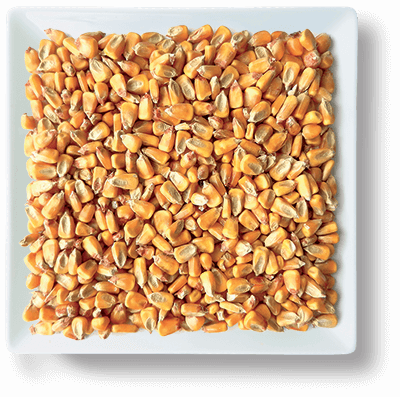
Yellow corn
(Zea mays L.)
Maize or maize is a genus of herbaceous plant belonging to the family of grasses or poaceae, of tropical origin and is therefore typically macrotherm and, at least originally, brevidiurna.
It comes in different varieties used for different purposes. The toothed type is intended for zootechnical feeding, the vitreous is used for the production of flour, the perlino is used to make popcorn, the sweet is the one commonly found on the market, the soft is used for extraction of cornstarch while the dress is used instead as a decorative plant.
Corn flour compared to wheat flour has a higher fat and carbohydrate content, but has proteins with lower biological value; it has a good content of phosphorus and potassium and does not contain gluten.
Corn is also used for the production of corn flakes and for oil extraction.
Purposes
The most eclectic among cereals, maize, is used in all its forms and types of cooking for human consumption, it is important in animal nutrition and is even recovered as a biofuel when hit by mycotoxins.
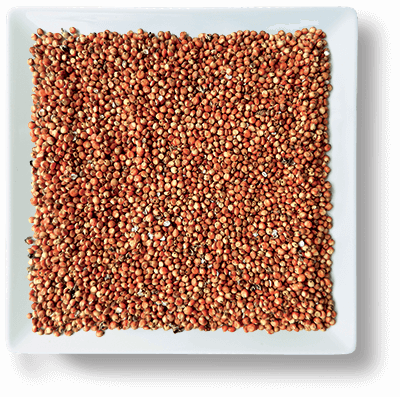
Red sorghum
(Sorghum vulgare Pers.)
Cultivated sorghum is an annual herbaceous plant, particularly widespread in Africa and Asia where it is one of the staple foods.
We mainly know two species, the Sorghum vulgare, called anchesaggina, from the grinding of which is obtained a yellow-colored flour that resembles that of maize and which is used for the preparation of various bakery products, and the Sorghum dochna from which are derived syrups, sugar and alcohol.
Purposes
Purposes It is mainly used as livestock feed, but also as biogas, bioethanol and alternative biofuel.
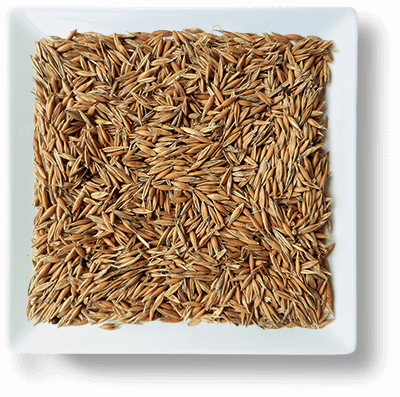
Oats
(Avena sativa L.)
Common oats is a plant of the Poaceae family (or Gramineae) and is the most known species of the genus Avena. The oat seed used in the food industry must first be dehulled, through special procedures, to make it more digestible. Very important for the crop rotation, every part of its plant is used. It is a cereal particularly rich in nutrients such as proteins, fiber, calcium, phosphorus, potassium but it is less digestible than other cereals and contains phytates that limit the absorption of calcium and other nutrients. It provides a good amount of lipids and is gluten-free.
Purposes
In addition to the zootechnical (equine) feeding, oats are used in grains for the preparation of soups and, the flour together with other cereals is used for the preparation of various baked products, the flakes are widespread as breakfast foods .
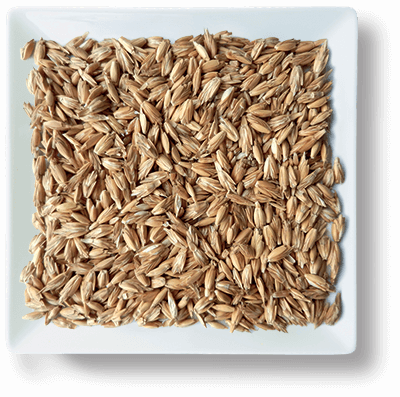
Farro
()
Low in calories and with marked nutritional qualities, we often find it at the table as a substitute for wheat. Object of a recovery of interest in the market thanks to a greater attention to biodiversity in food crops and to the diversification of crops also in marginal areas, where it is not possible to grow soft wheat.
Purposes
Grain is used in human nutrition and can also be used in bread making.
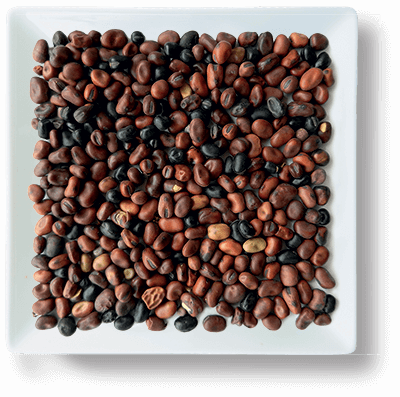
Field bean
(Vicia faba L.)
Grain bean is a legume that replaces soy in animal feed, is grown for its dry grain. The plant is also cultivated for forage (grass) and for green manure. It is an excellent crop improver because it is an excellent precession for wheat: its place in the rotation is therefore between two cereals.
Purposes
The dried broad beans have a high protein content: their average composition is in fact the following: 85% dry matter, 23-26% nitrogenous substances, 3% ashes, 1.2% fats, 7% crude fiber, nitrogen nitrates 48%; all this makes it an excellent animal feed.
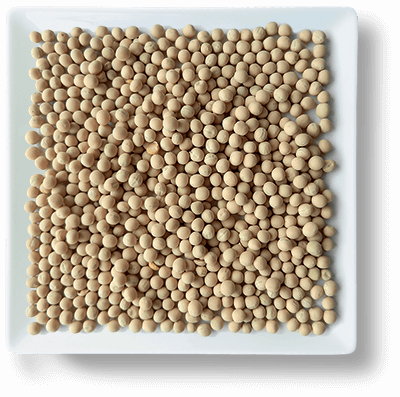
Protein pea
(Pisum sativum Asch. et Gr.)
The protein pea is a glabrous and glaucous annual microterm plant, which has limited temperature requirements to grow and develop and avoids severe heat and drought. For the cultivation from dry grain, the appreciated characteristics are: high protein content of the seeds, rather small seed (which saves on the seeds), growth of the plants at maturity not too prostrate so that the combine yields losses that are not excessive. Leguminosa which replaces soy in animal feed, is very important precisely because of the economic advantages that it involves in cultivation thanks to its resistance, adaptability and demand from the foreign market.
Purposes
The seeds, with their high protein content, are used purely for animal feed.
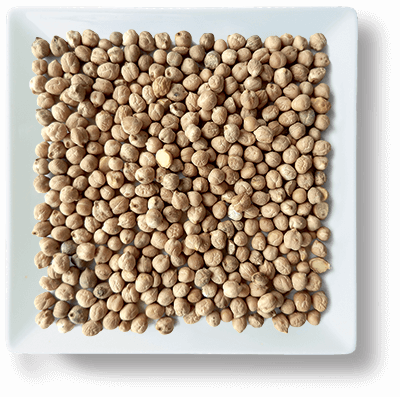
Chickpea
(Cicer arietinum L.)
The chickpea is an annual plant, with ramified and deep root which makes it very arid resistant. It is the third grain leguminous plant due to its global importance, whose seeds are an excellent food for humans, rich in vegetable protein (15-25%), vitamins, amino acids, Omega3 and fiber. The seeds are round and smooth in certain types, wrinkled, angular and rostrum in others.
Purposes
It is consumed in various forms but mainly in soups for human consumption.
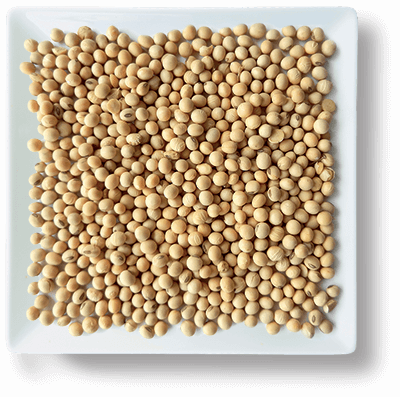
Soy
(Glycine max L.)
Soy is an excellent substitute for milk as well as being used for the preparation of salads, drinks and desserts. It is an annual herbaceous plant, summer, erect or bushy; in the alternation it has the role of a plant that improves soil fertility: it is in fact a typical renewal plant with a spring-summer cycle. Soy is a legume that is widely used for human and farm animal nutrition, making it one of the most cultivated food products in the world.
Purposes
An important part of the world production of soy is destined to the feeding of farmed animals in the form of flours or cake; a part is also used as a fertilizer and for industrial uses (cosmetics, etc.)
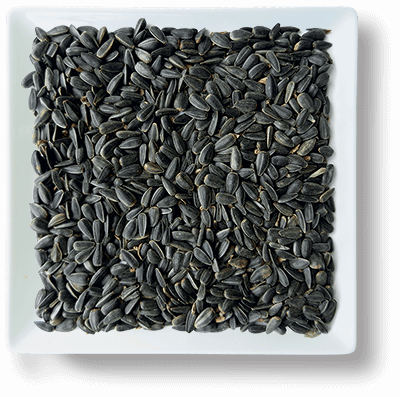
Sunflower
(Helianthus annuus L.)
The Sunflower is an annual plant of great development, typically renewal and characterized by heliotropism, that is the fact of following the movement of light during the day. Widely cultivated worldwide, so much so that it is currently ranked second, after soya, among the oil-producing plants.
Purposes
From the extraction of the oil, a very rich cake of protein is used as a remnant, which is used in animal feed. Rich in vitamins and mineral salts are useful for the preparation of oil, flour and baked goods.
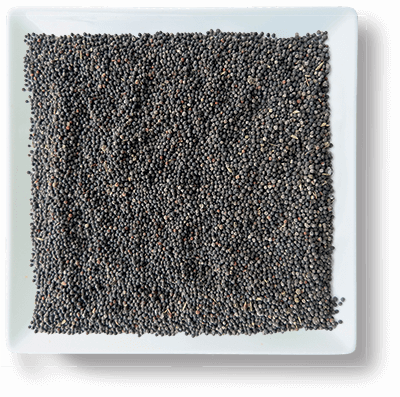
Rape
(Brassica napus L.)
Annual or biennial plant, it prefers fresh and deep soils, it has an autumn-spring cycle which improves the soil due to the abundant crop residues (roots, leaves and stems) which, if well buried, ensure a good supply of humified organic substance.
Purposes
The oil always contains linoleic acid (4-10%) and is similar to that of soy, in addition to being used for industrial purposes. The cake is also used in animal feed, mixed with other feeds. It is used for the production of oils, both food and non-food, and has various uses in the livestock and energy sectors.
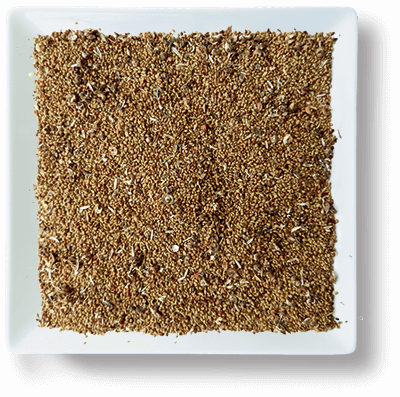
Alfalfa
(Medicago sativa L.)
Alfalfa is a growing culture that normally follows and precedes wheat. It is precisely for this reason that it is called the “queen of forage”. Harvesting hay must be done with a great deal of care to prevent the leaves, which are the most valuable part, from being manipulated too dry.
Purposes
Alfalfa is used in green or hay foraging, ensiling is not widespread.
